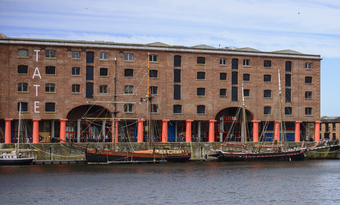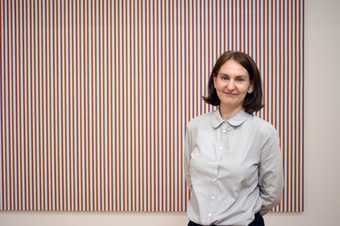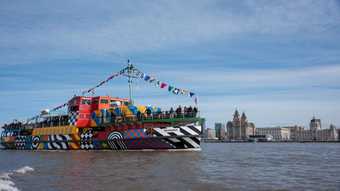
In the 1980s Alan Bowness, then director of Tate, decided to create a ‘Tate of the North’, as the project became known. This would be a gallery with a distinct identity, dedicated to showing modern art and encouraging a new, younger audience through an active education programme.
A warehouse at the disused Albert Dock in Liverpool was chosen as the site for the new gallery. The dock, once a bustling site crammed with rich cargos from Asia, tea, silk, tobacco and spirits, was derelict. In 1981 the dockyard underwent a rejuvenation, with the Maritime Museumleasing one of the warehouses and restaurants and bars opening.
In 1985, James Stirling was commissioned to design the new Tate Gallery at Liverpool. His designs left the exterior of the brick and stone building built over a colonnade of sturdy Doric columns almost untouched, but transformed the interior into an arrangement of simple, elegant galleries suitable for the display of modern art. It opened to the public in May 1988.
2008 marked the year Liverpool was named European Capital of Culture. To celebrate this, in 2007 the gallery hosted the Turner Prize, the first time the competition was held outside London. More than 600,000 visitors a year visit Tate Liverpool, cementing its position as a venue for major European exhibitions of modern art.


